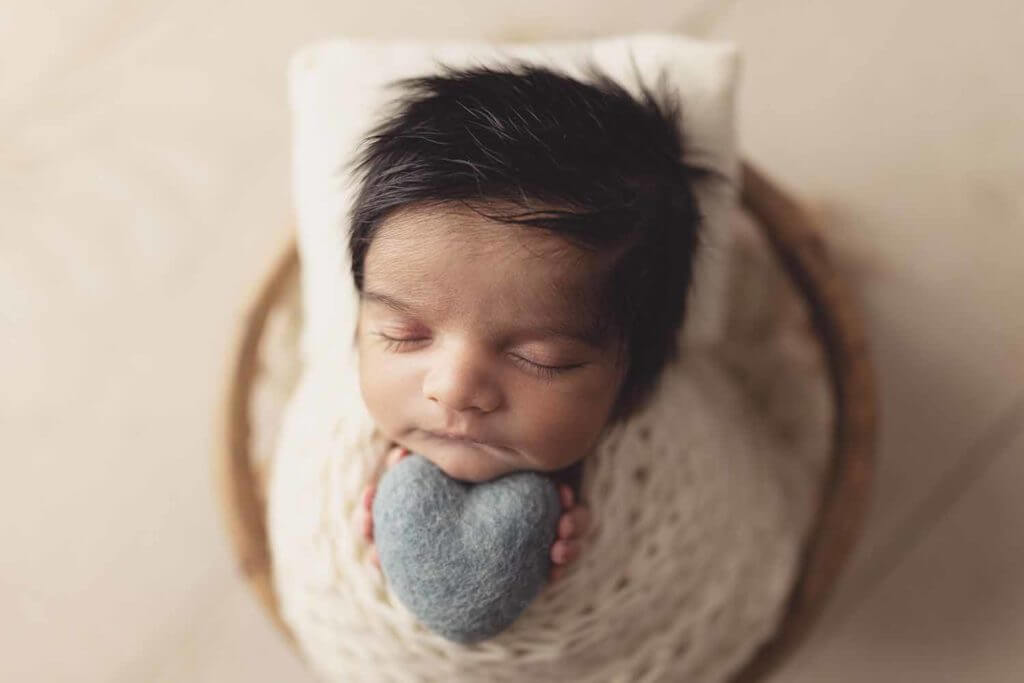Choosing The Perfect Photo Printing Size – An Essential Guide

Struggling to decide what size to print your photographs? From small wallet-size prints to large poster-size prints, there are so many sizes to choose from. This guide provides an overview of photo printing sizes and the best ones for you, so you can make an informed decision.
Know What Printing Types are Available for each Size
There are various printing types available to suit different photo display needs, including paper prints, canvas wraps, and acrylic mounts. Generally, it’s best to stay within a certain size range for your chosen printing type or the quality may suffer. For example, displaying a 12×24″ print on paper makes for an impressive showpiece—but it may appear blurry if printed too small. Consider your options carefully when choosing a size—you want to ensure that you get the best quality at an ideal proportion for display!
Understand the Different Types of Photo Print Forms
When it comes to printing your photos, there are three main types of print presentations available: prints on paper or canvas, mounted prints and framed prints. Each type of print form has its own advantages and disadvantages. Paper or canvas prints are the most basic and economical option available, while mounted prints come with a backing board for enhanced durability, but can be a bit expensive. Lastly, framed prints bring an art-like feel to your photo through frames and matting, but also cost more than the other two options.
Estimate Image Resolution Requirements According to Size
The size of your print largely determines the resolution needed to ensure a high-quality appearance. To obtain the sharpest prints, determine the optimal resolution for each print size in your chosen format before you submit your image for printing. Generally, you need a minimum of 200-300 DPI (dots per inch) for smaller photo prints up to 8×10” and 400-600 DPI for larger prints beyond 16×20”. Make sure your file has enough pixels when printed at its intended size or it will be difficult to achieve an optimum quality result and may look blurry or pixelated.
Consider the Pros and Cons of Different Photo Sizes
It’s important to consider the pros and cons of different print sizes. For example, a small print may not make as big an impact as a larger size but it can be easier to frame, transport and store. On the other hand, a large print could create more of an impact when displayed in the right setting; however, it will take up more space and its cost may be higher due to the amount of materials used for mounting. Carefully weigh your options against your budget and needs before deciding what photographic size is best for you!
Print Your Images Professionally for Highest Quality Output
If you’re looking to create professional-looking prints, entrusting a professional printing service is probably the best option. Professional services use high-resolution scanners and top-grade papers to ensure that your photos are printed with highest conceivable fidelity and color accuracy. Investing in quality can be expensive, but it will be worth it for photos intended for important occasions such as newborn photographs or family photo sessions. Doing so will allow you to achieve the most accurate representation of what you have in mind for the final photograph, no matter what size print you opt for!
Comments Off on Choosing The Perfect Photo Printing Size – An Essential Guide